Introduction to Langtang Valley Trek
Overview of the Trek
The Langtang Valley Trek is one of the most captivating trekking experiences in Nepal, offering a unique combination of stunning landscapes, diverse flora and fauna, and rich cultural encounters. Nestled in the Langtang National Park, this trek provides a gateway to the majestic Langtang Himal range, captivating trekkers with its serene beauty. With altitudes reaching up to 4,850 meters at Kyanjin Ri, hikers are rewarded with breathtaking panoramas of towering peaks and pristine glacial lakes. The trek typically spans 7 to 10 days, accommodating both experienced trekkers and beginners looking for a memorable adventure.
As you embark on your journey through this enchanting region, expect to encounter lush forests, picturesque villages, and welcoming locals, who embody the rich Tamang and Tibetan culture prevalent in the area. To fully immerse yourself in this experience, consider planning your trek with a knowledgeable guide or local tour company specializing in the Langtang Valley Trek.
Historical Significance
The Langtang Valley holds immense historical significance for both local communities and the wider context of Nepal’s trekking culture. Historically, the valley has been inhabited by the Tamang people, who are of Tibetan descent. Their rich cultural heritage, characterized by Buddhist traditions and practices, has shaped the valley’s landscape and architecture. Many of the traditional houses and monasteries reflect the intricate Tibetan motifs, creating a captivating cultural ambiance.
The valley also played a significant role during the 2015 earthquake, which caused devastating landslides and shook the very foundation of many villages. Since then, efforts have been made to restore the lost heritage, with local communities rallying together to rebuild their homes and preserve their traditions. Today, the Langtang Valley stands as a testament to resilience and showcases the strength of its inhabitants in their journey towards recovery.
Cultural Insights
The cultural fabric of the Langtang Valley is woven with the strong threads of Tamang and Tibetan influences. Visitors to the area will discover colorful monasteries, prayer flags fluttering in the breeze, and the soft chants of local monks as they engage in their daily rituals. These cultural elements not only define the spiritual landscape but also invite trekkers to engage with the local community.
Engagement with locals can significantly enrich your trekking experience. Be sure to take part in traditional practices, such as tasting local cuisine, which may include dishes like “dal bhat” (rice and lentil) or “momo” (dumplings). Visiting homes and participating in communal activities can create bonds that transcend the trekking experience, providing insights into the unique lifestyle of this mountainous region.
Planning Your Langtang Valley Trek
Best Time to Visit
The ideal time for the Langtang Valley Trek is during the spring (March to May) and autumn (September to November) seasons. During these months, trekkers can expect mild temperatures, clear skies, and vibrant natural scenery. The spring season brings blooming rhododendrons, painting the hills in bright hues, while autumn presents crystal-clear views of the surrounding peaks as the skies are often cloudless.
Conversely, the winter months (December to February) are generally too cold for trekking, especially at higher altitudes, while the monsoon season (June to August) can lead to heavy rainfall, making trails slippery and increasing landslide risks. Planning your trek during the seasons described above can help ensure a safe and enjoyable experience.
Necessary Permits and Regulations
Before embarking on the Langtang Valley Trek, trekkers must obtain two essential permits: the Langtang National Park Entry Permit and the TIMS (Trekkers’ Information Management System) Card. The Langtang National Park Entry Permit grants access to the national park, while the TIMS Card serves as a safety measure, allowing authorities to track trekkers in case of emergencies.
These permits can usually be obtained in Kathmandu or at administrative offices in Syabrubesi, the gateway to Langtang Valley. Carrying these documents during your trek is required for compliance with local regulations.
Safety Guidelines
Safety is paramount when trekking in the Langtang Valley. Familiarizing yourself with key safety guidelines can make a substantial difference in your trekking experience. Start by assessing your physical fitness and preparing adequately for the altitude. Trek at a gradual pace, take regular breaks, and stay hydrated to prevent altitude sickness.
Moreover, carrying a first-aid kit and ensuring it includes essential medications for altitude sickness can be crucial. In case of emergencies, knowing the locations of the nearest medical facilities is beneficial. Finally, always trek with a companion to enhance safety and encourage mutual support during challenging segments of the trail.
Itinerary Options for Langtang Valley Trek
8-Day Trek Itinerary
The standard 8-day itinerary for the Langtang Valley Trek is designed to offer trekkers an enriching experience while ensuring careful acclimatization. Here’s a detailed breakdown:
- Day 1: Drive from Kathmandu to Syabrubesi (1,460 m) – 7 hours. Enjoy scenic views during your journey.
- Day 2: Trek from Syabrubesi to Lama Hotel (2,480 m) – 6 hours. Experience the enchanting forests and waterfalls along the way.
- Day 3: Trek from Lama Hotel to Langtang Village (3,430 m) – 6 hours. Witness the transformation from lush vegetation to alpine landscapes.
- Day 4: Trek from Langtang Village to Kyanjin Gompa (4,830 m) – 3 hours. Explore historical monasteries and stunning vistas.
- Day 5: Acclimatization day at Kyanjin Gompa. Options include a hike to Kyanjin Ri (4,850 m) for breathtaking views.
- Day 6: Trek back to Langtang Village – 4 hours. Relish the experiences gathered along this stunning route.
- Day 7: Return trip to Lama Hotel – 6 hours.
- Day 8: Trek back to Syabrubesi and drive to Kathmandu – 7 hours.
This itinerary strikes a balance between trekking and acclimatization, ensuring you enjoy the stunning natural beauty while prioritizing safety.
10-Day Trek Itinerary
A 10-day itinerary offers more flexibility, allowing for increased acclimatization and additional exploration. This extended route may include variations such as:
- Day 1: Drive from Kathmandu to Syabrubesi (1,460 m).
- Day 2: Trek from Syabrubesi to Lama Hotel (2,480 m).
- Day 3: Trek from Lama Hotel to Langtang Village (3,430 m).
- Day 4: Trek to Kyanjin Gompa (4,830 m).
- Day 5: Acclimatization at Kyanjin – Hike to Kyanjin Ri (4,850 m).
- Day 6: Explore the area around Kyanjin – Visit the glacier and get familiarized with the local culture.
- Day 7: Return to Langtang Village (3,430 m).
- Day 8: Trek back to Lama Hotel (2,480 m).
- Day 9: Trek to Syabrubesi (1,460 m).
- Day 10: Drive back to Kathmandu.
This extended route not only allows for greater acclimatization but also presents additional opportunities for adventure, such as visiting local cultural landmarks and exploring the rich heritage of the area.
Tailoring Your Trek Experience
Your trekking experience can be customized to match your interests, fitness level, and preferences. Consider adding optional activities such as yoga sessions, cooking classes with local families, or exploring additional routes leading to nearby glacial lakes. Depending on your energy levels, you might also decide to extend your stay at certain points along the trail.
Collaborating with local guides can enhance your experience, as they can tailor the itinerary to fit your specific needs, ensuring that you maximize your adventure while respecting your comfort levels.
What to Expect on the Langtang Valley Trek
Scenic Landscapes and Flora
The landscapes along the Langtang Valley Trek are nothing short of breathtaking. As you ascend from lush subtropical environments to high alpine meadows, the scenes transform dramatically. The trail is adorned with diverse vegetation, including the vibrant blooms of rhododendrons, pines, and junipers.
The panoramic views of towering Himalayan peaks like Lantang Lirung (7,227 m) create a mesmerizing backdrop for your trek. Glacial rivers and serene lakes dot the trail, making the setting ideal for photography and reflection as you absorb the tranquil atmosphere.
Wildlife Encounters
Across the Langtang region, trekkers may have the chance to experience an extraordinary variety of wildlife. The Langtang National Park serves as a sanctuary for many species, such as the red panda, Himalayan tahr, and over 250 bird species, making it a haven for wildlife enthusiasts and photographers alike.
While spotting wildlife in their natural habitats may require patience and stealth, the rewards can be valuable and memorable. Trekking during early mornings or late afternoons can increase your chances of encountering these elusive animals.
Local Customs and Traditions
Engaging with local customs and traditions enhances the overall trekking experience. The Tamang communities celebrate various festivals throughout the year, often centered around agricultural activities. Trekking during a festival can provide unique insights into local practices, cuisine, and music.
Visitors are generally welcomed to observe or partake in traditional celebrations, provided they respect local customs and practices. Always inquire about culturally significant expressions such as prayer rituals, community gatherings, or customary practices before participating.
Tips for a Successful Langtang Valley Trek
Packing Essentials
Packing appropriately can significantly influence the quality of your trekking experience. Essential items include a good-quality backpack, weather-resistant clothing, trekking poles, and a solid pair of hiking boots. Other essentials are hydration systems, snacks, and a lightweight sleeping bag suitable for the trekking environment.
Moreover, don’t forget to carry essential navigation tools, such as maps or GPS, sunscreen, and a first-aid kit containing common trek medications. Emphasizing quality and practicality during the packing process will contribute to a more enjoyable trekking experience.
Staying Healthy While Trekking
Maintaining good health while trekking requires attention to several factors. Firstly, staying hydrated is crucial—ensure you drink plenty of fluids throughout your trek. Additionally, consume a balanced diet with adequate carbohydrates, proteins, and fats to keep your energy levels high.
Moreover, being attentive to altitude sickness symptoms, such as headaches or dizziness, can help you act promptly if necessary. Always listen to your body during the trek and consider resting more if you experience such symptoms. If discomfort persists, it may be wise to consult your guide and reconsider your ascent.
Engaging with Local Communities
One of the most enriching aspects of trekking the Langtang Valley is the opportunity to engage with local communities. Building relationships with local families and learning about their traditions can create lasting memories and enhance your understanding of the region’s culture.
When interacting with locals, approach them with respect and curiosity. Always ask questions before taking photographs, and if you’re invited into homes or local gatherings, express gratitude and appreciation for their hospitality.
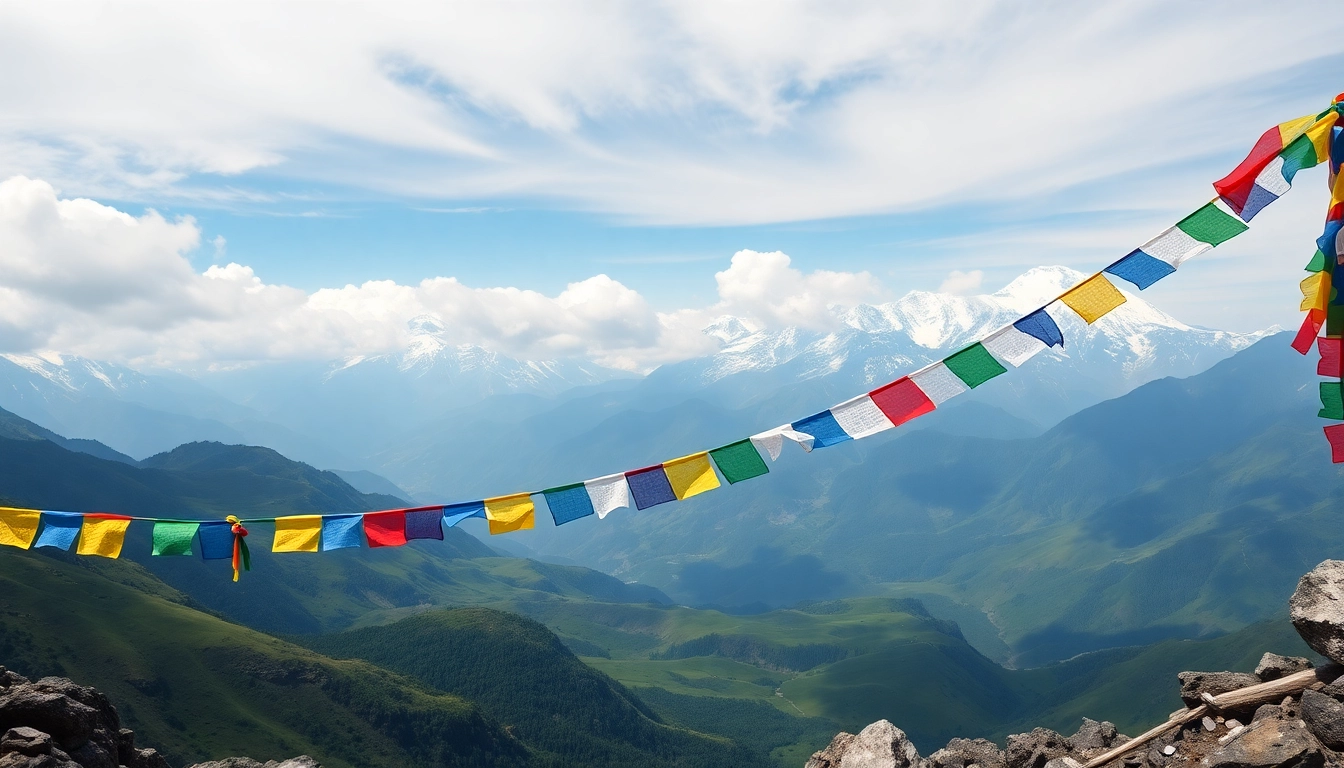


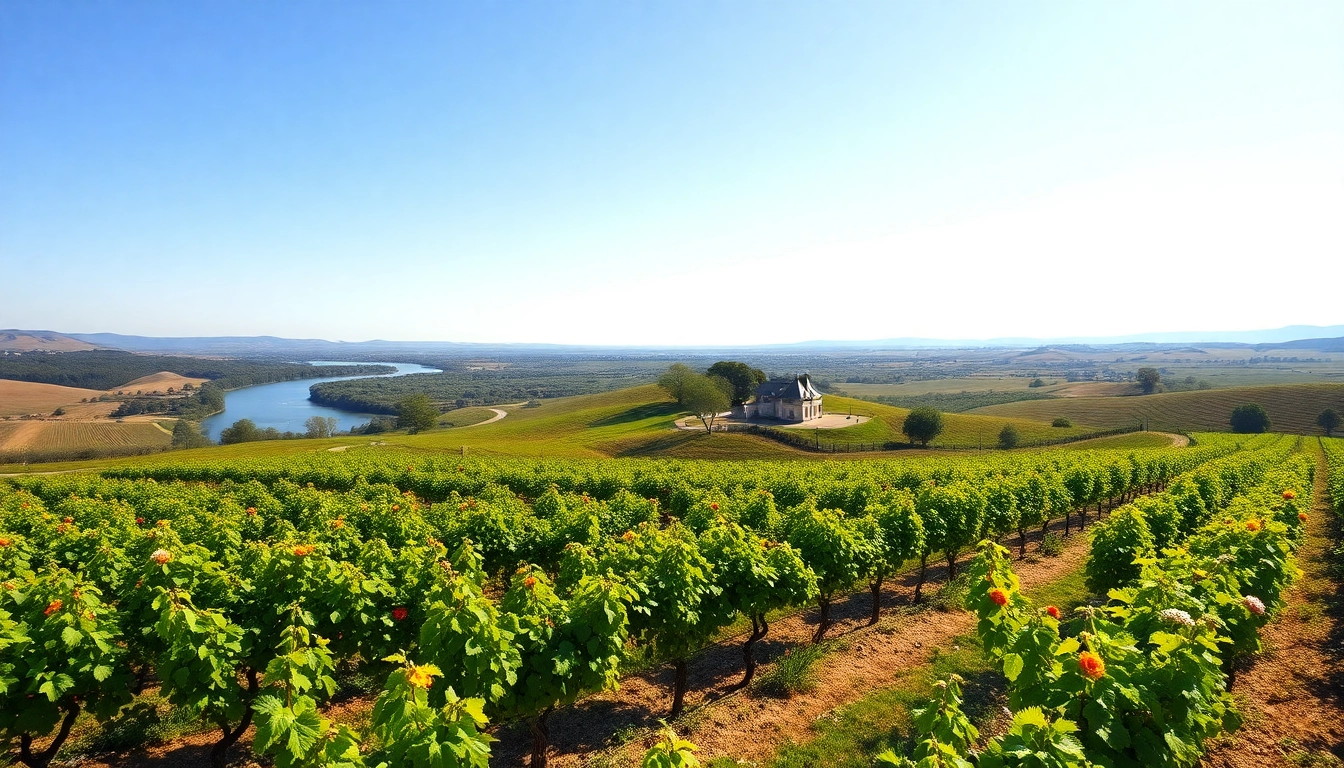
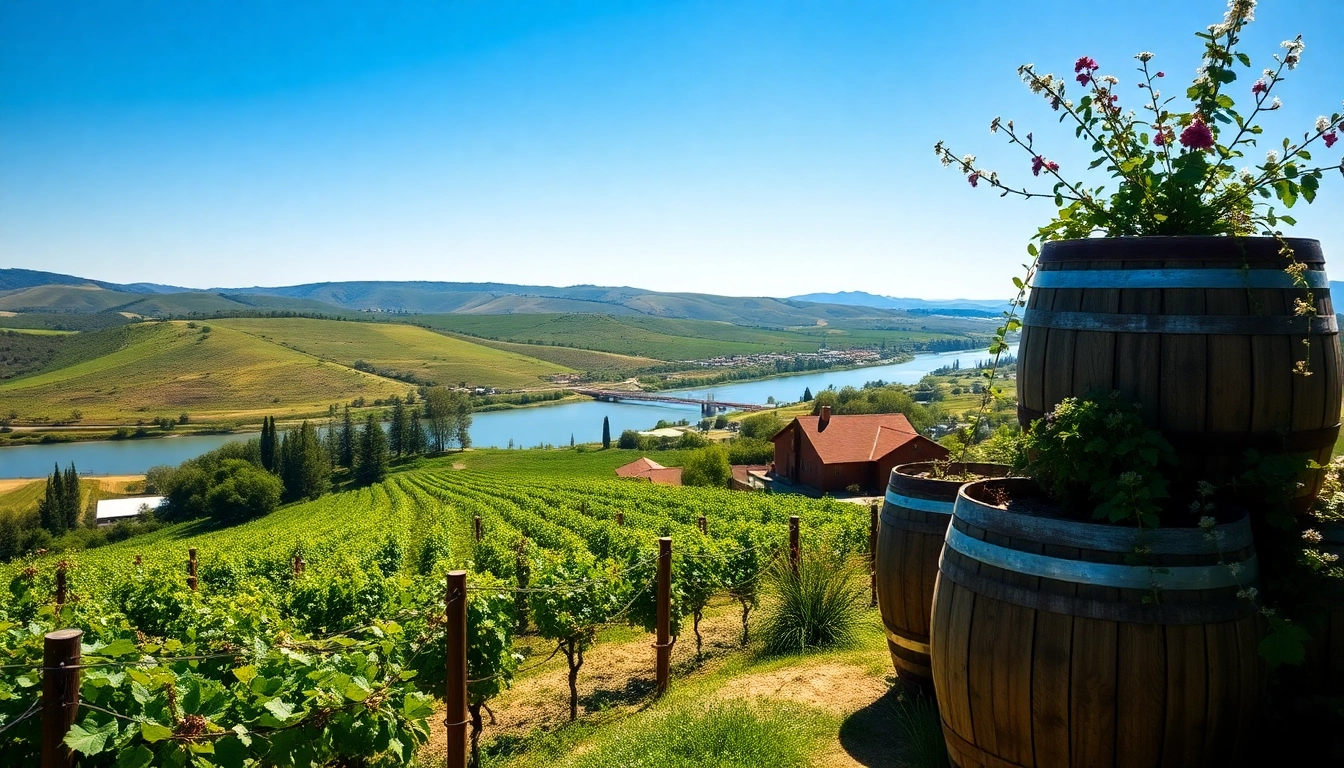
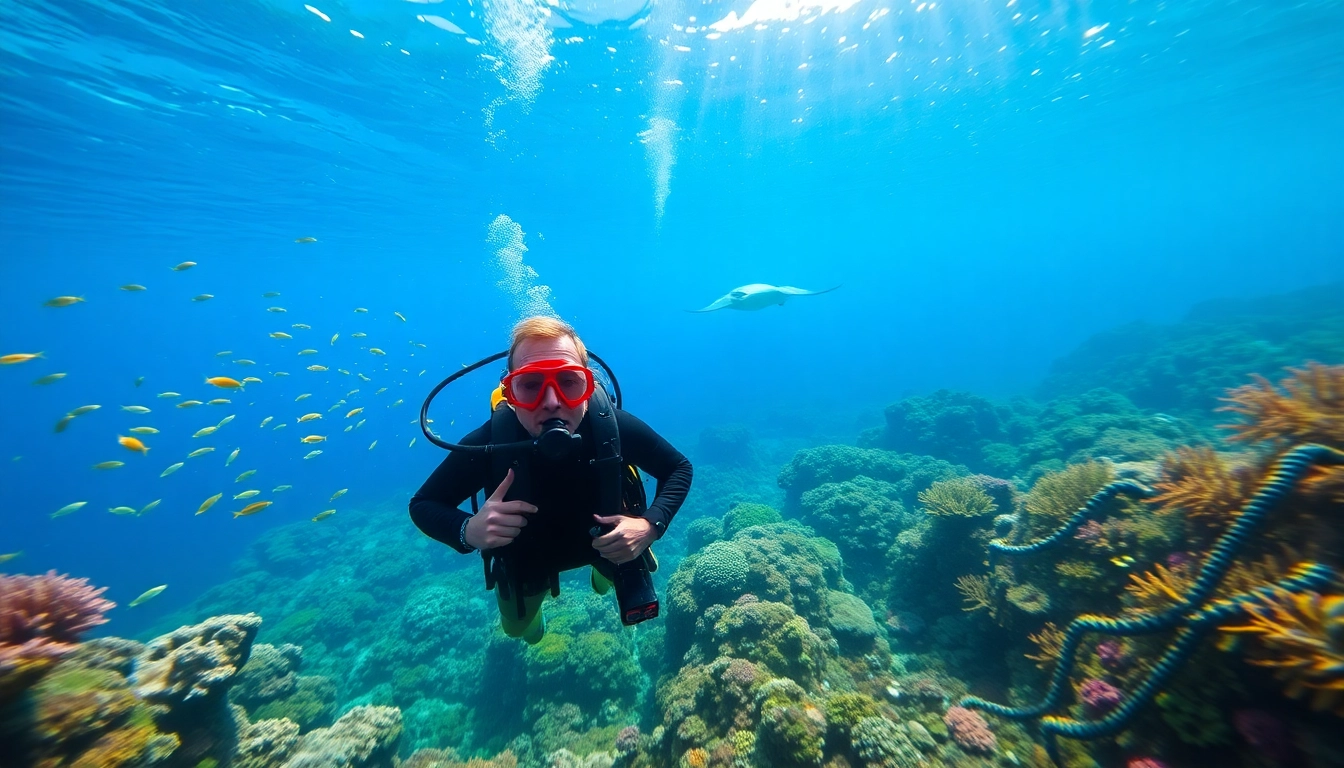







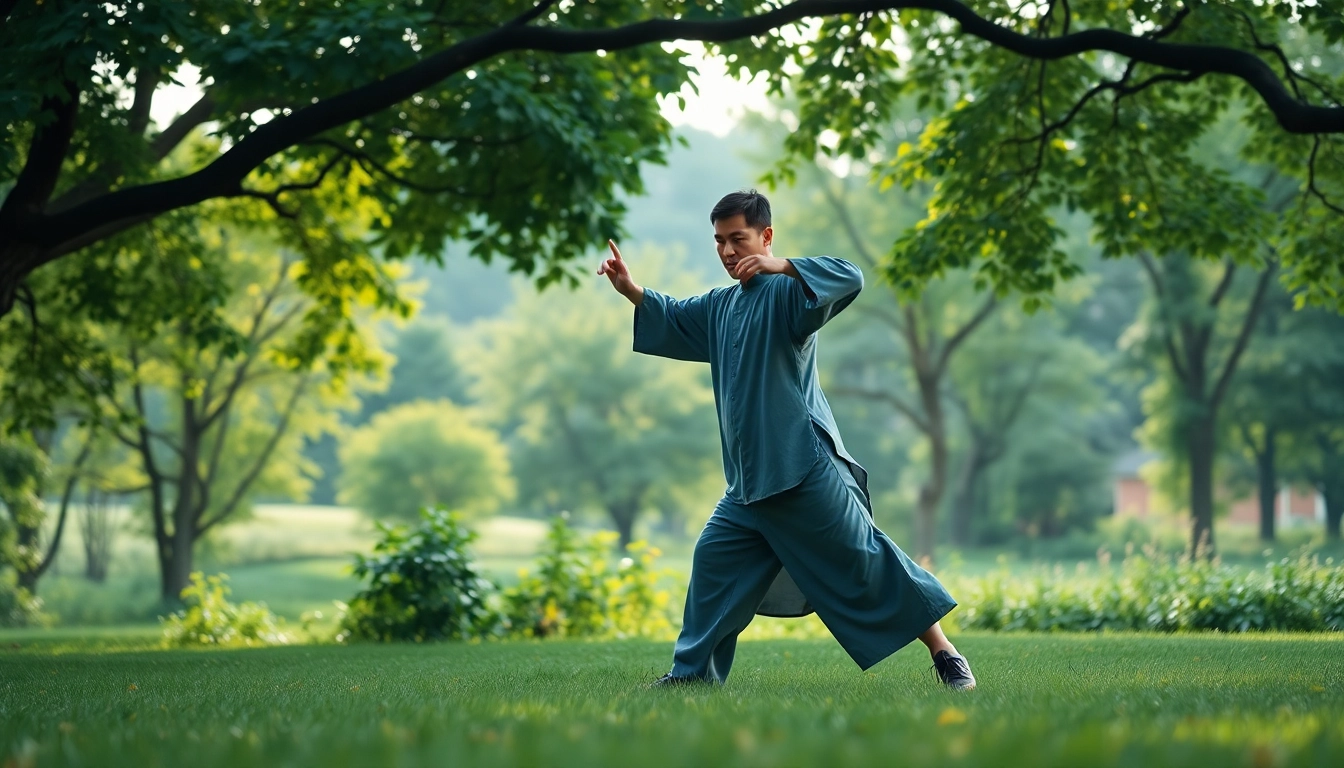

Leave a Reply